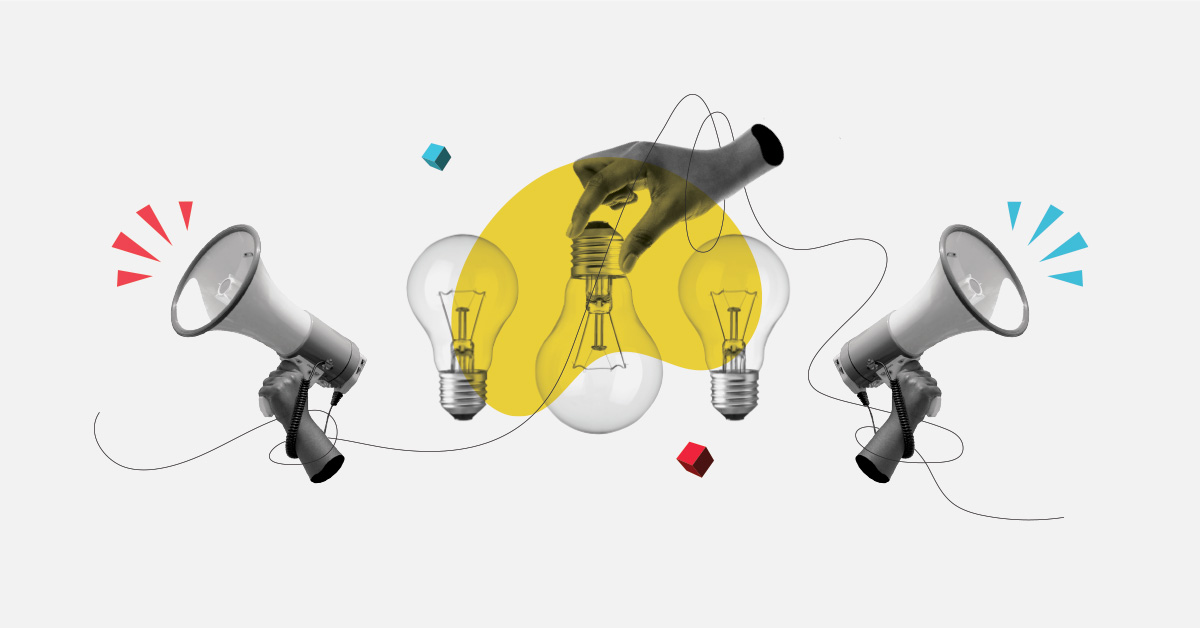Too much of anything can be bad, we’re told, and it’s certainly true of nutrients in water. Too many nutrients in rivers, lakes and ponds — often the result of runoff from nearby fields, towns and cities — can over-stimulate the growth of water plants, which in turn choke off oxygen and kill water creatures. The process is known as eutrophication.
Lakeland College’s Centre for Sustainable Innovation is looking at the possibility of reducing the dangers of eutrophication by taking nutrients right out of the water, through an innovative method known as “floating islands.”
This spring, the centre’s pond was divided in two with a lake divider curtain — a piece of research equipment made of durable plastic. The top contains Styrofoam and floats on the water surface, while the bottom is weighted with chain and sinks into the sediment at the bottom of a water body, effectively dividing it in two. On each side of the curtain, a floating island was launched. Floating islands are artificial islands, strong enough to support a mix of wetland plants; installed on a eutrophied body of water, they act as natural wetlands, filtering nutrients from water.
Lakeland’s experiment compared the efficiency of floating islands at removing agricultural nutrients from water in two different scenarios. On one side of the pond, water circulated naturally, while on the other side circulation was boosted by a solar-powered submersible water pump.
Water was sampled weekly through the spring and summer and analyzed for ammonia, nitrate, nitrite, and phosphorous levels. Results of the work could lead to more widespread efforts to counter the eutrophication of ponds, rivers and lakes.


